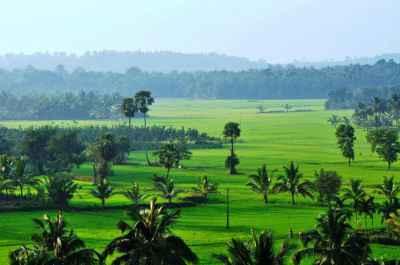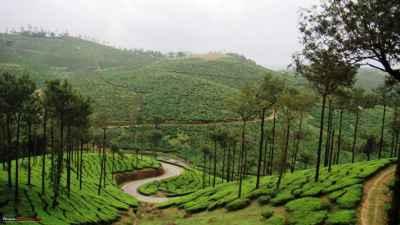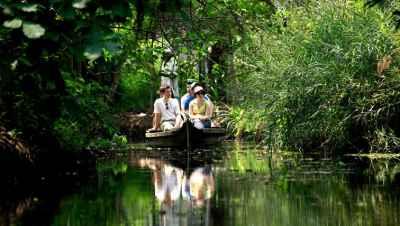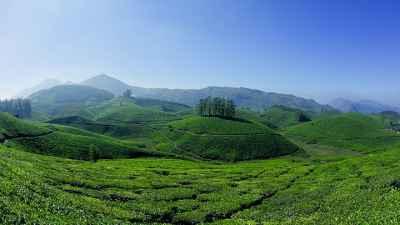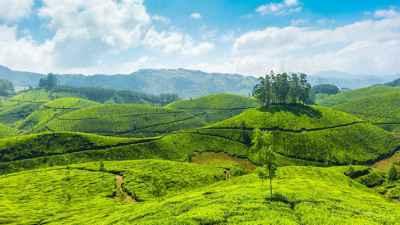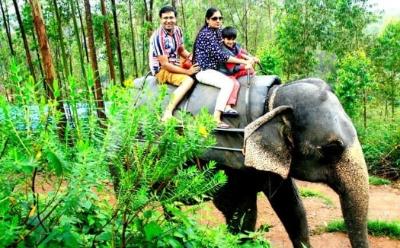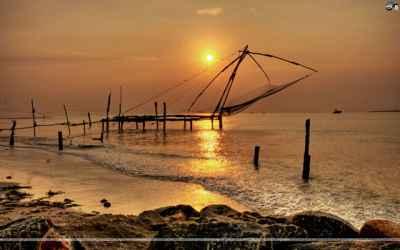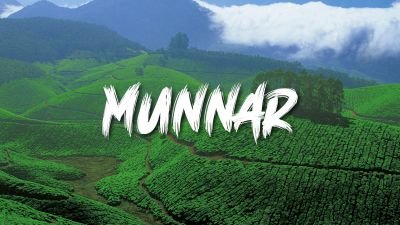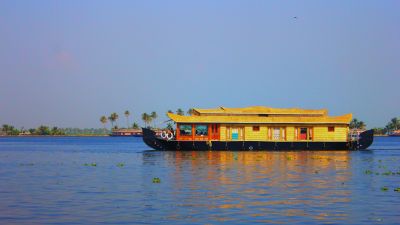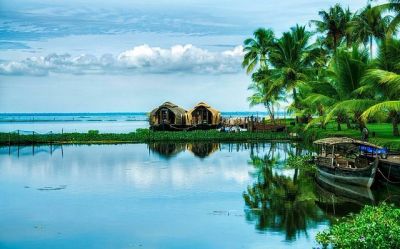Traditional Puppetry in Kerala: The Art of Tholpavakoothu
Traditional Puppetry in Kerala: The Art of Tholpavakoothu
Kerala, often referred to as "God's Own Country," is not only known for its picturesque landscapes, backwaters, and vibrant culture but also for its rich traditional art forms. One such art form that has captivated audiences for centuries is Tholpavakoothu, the traditional puppetry of Kerala. Tholpavakoothu is a unique art form that combines theatrical performances and puppetry to depict ancient Indian epics and folklore.
The History and Origins of Tholpavakoothu
Tholpavakoothu has its roots in the state of Kerala and finds its mention in Sangam literature, dating back to the 5th century BCE. The word "Tholpavakoothu" translates to "play with leather dolls" (Thol - leather, Pava - puppet, Koothu - play). Initially, Tholpavakoothu was performed only in the palaces and temples of Kerala as a ritualistic art form to appease the Gods and Goddesses. Over time, it gained popularity among the masses and became a form of entertainment during festivals and cultural events.
The Making of Tholpavakoothu Puppets
The puppets used in Tholpavakoothu are made from deerskin, which is treated and molded into intricate and life-like figures. The puppets stand around three to four feet tall and are adorned with colorful costumes, jewelry, and ornaments, adding to their grandeur. The face of each puppet is intricately carved and painted with natural colors derived from minerals, making each puppet a work of art in itself.
The puppets are controlled by skilled puppeteers called "pavakoothu artists." These artists manipulate the puppets using strings attached to various parts of the puppet's body. The movements of the puppets are synchronized with dialogue and background music, creating a mesmerizing and enchanting performance.
Themes and Performances
Tholpavakoothu performances typically revolve around the stories from the ancient Indian epics, Ramayana and Mahabharata. The puppeteers skillfully narrate and portray the episodes, capturing the essence of the stories and bringing the characters to life. The performances are accompanied by traditional music, which adds depth and emotion to the storytelling. The dialogues are usually in the form of verses sung in the local language, Malayalam.
Tholpavakoothu performances are often held in village temples and are considered sacred events. The puppeteers create an intimate and engaging experience for the audience, captivating them with their storytelling skills and the beauty of the puppets. The performances are not mere entertainment; they also carry moral and ethical messages, making them culturally and socially significant.
Social and Cultural Importance
Tholpavakoothu is not just a form of entertainment; it holds great social and cultural importance in Kerala. It plays a vital role in preserving and promoting traditional art forms and cultural heritage. The art form has been recognized by UNESCO as an Intangible Cultural Heritage of Humanity, further highlighting its significance.
Tholpavakoothu also serves as a medium to educate and entertain people, especially the younger generation, about India's ancient epics and moral values. It helps keep these ancient stories alive and relevant in today's world.
Conclusion
Tholpavakoothu, the traditional puppetry of Kerala, is a remarkable art form that showcases the rich cultural heritage of the region. With its intricate puppets, captivating performances, and moral storytelling, Tholpavakoothu continues to fascinate and enchant audiences of all ages. If you ever visit Kerala, make sure to witness this unique and mesmerizing art form that has stood the test of time.
Do you know any other traditional art forms in Kerala? Share your thoughts and experiences in the comments below!
Remember to share this blog post with your friends and family!
Disclaimer : The information provided in this blog is for general informational purposes only. While we strive to keep the content accurate and updated, TravelSetu assumes no liability for errors or omissions. If you believe any part of this blog infringes your rights or causes concern, please notify us immediately at info[at]travelsetu[dot]com so that appropriate action can be taken.

